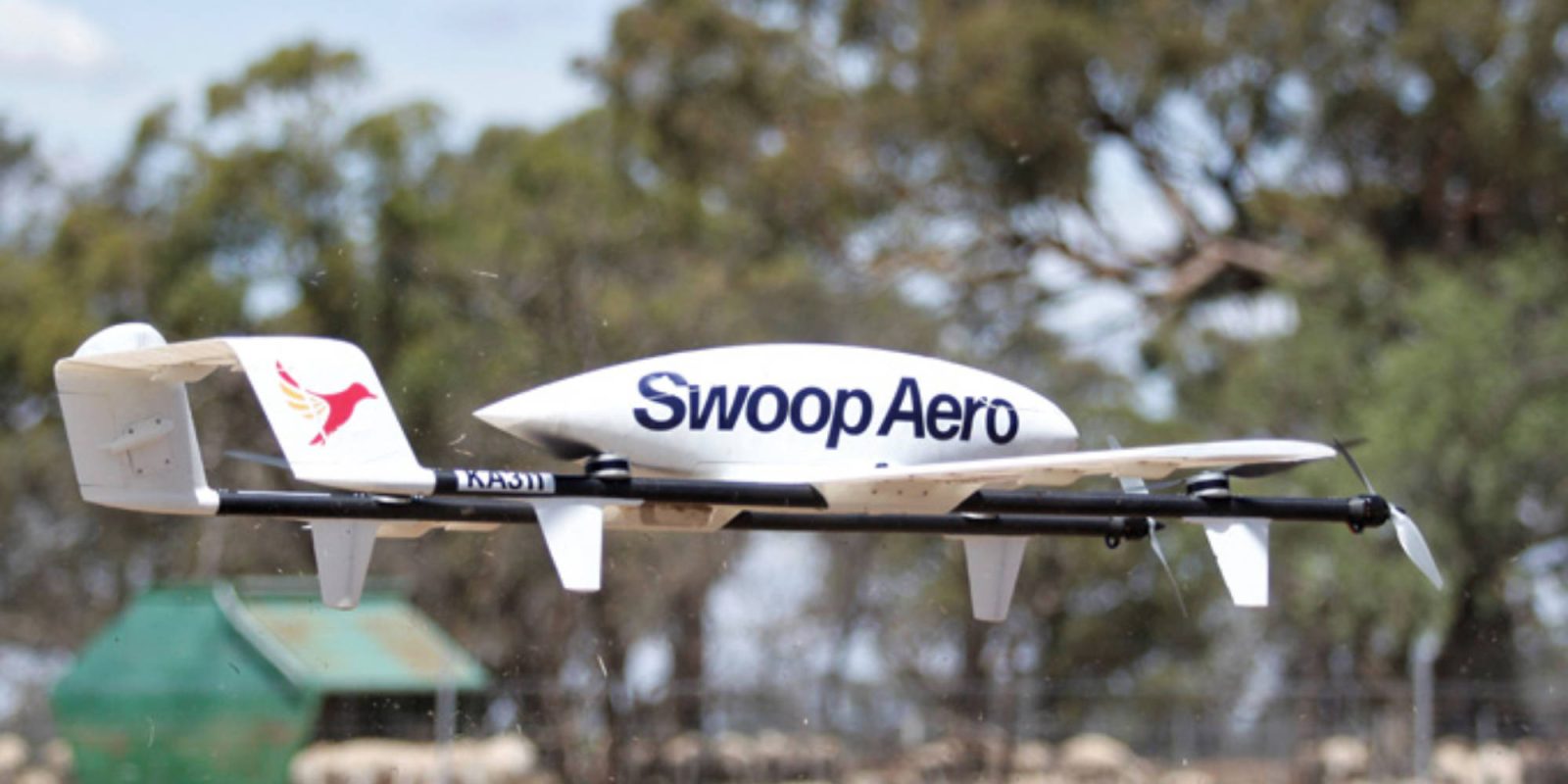
Like the state itself, everything is really, really big in Texas – including the distances separating remote towns from teeming urban areas. Now Texas Tech University is moving to bridge those gaps that often undermine healthcare in more isolated locales by testing drone deliveries using Australian UAV company Swoop Aero craft.
Texas Tech University Health Science Center (TTUHSC) in Lubbock has launched a medical drone delivery trial flown by Swoop Aero UAVs, and overseen by the Matador UAS Consortium, which works to help enhance rural care for three million patients across 108 counties in the Texas Panhandle.
The flights cover the 74-mile distance out to Presidio, a town in West Texas whose remote location requires long drives to make connections to surrounding communities. It’s described as a wonderfully quiet spot for raising kids, taking in the desert views, or stargazing with minimal light pollution, but not ideally served at times when health problems arise.
“We’re at the southern terminus of US 67, a very isolated community of about 5,000 to 6,000 residents with very limited access to health care services,” said Adrian Billings, associate academic dean of rural and community engagement at TTUHSC School of Medicine. “From Presidio, residents are 90 miles away to the nearest emergency room in the United States and two miles to the Mexican health care system, which has a lot more health care resources to offer than on this side of the Rio Grande. We are literally at the end of the road.”
The TTUHSC plan is to test drones for regular medical supply deliveries, both on a revolving basis, as well as in potential deployment during emergencies. In participating in the project, Swoop Aero is drawing on the years of experience it has built up operating government-backed UAV transport networks for remote communities across Africa.
Swoop Aero has also racked up previous experience in the specialized but rapidly growing sector sub-activity of medical deliveries operating several different drone networks in its domestic market, serving outback destinations as well as island communities.
The trial flights in Texas – which originate from the better supplied southwestern town of Alpine – are the first medical operation in the US by the Australian startup.
Linda Molinar, CEO of the Presidio County Medical Clinic, said she believes a regular medical drone delivery system issuing from the test project would not only improve the care and lives of patients, but also remove some of the severe transport burdens providers take on when serving remote communities.
By way of example, she says the 3:1 demand and supply imbalance when COVID-19 vaccines became available required constant, exhausting re-provisioning drives that could have been quickly and inexpensively handled by drones.
“If I would have had a drone like this, it could have gone back and picked up more,” Molinar said. “We were number one in the state for vaccinations for several months, but that required that I or someone from my staff drive for more than 10 hours.”
The craft would also have proved irreplaceable in the early phase of the pandemic, she added.
“When COVID-19 hit, I had to pick up the vaccines in Midland,” Molinar recalled. “From Alpine; that’s a three-hour drive. I had to drive back to Alpine to drop off some medications, drop some in Marfa and then drop some off all the way to Presidio. That was almost a 12-hour shift for me.”
FTC: We use income earning auto affiliate links. More.



Comments